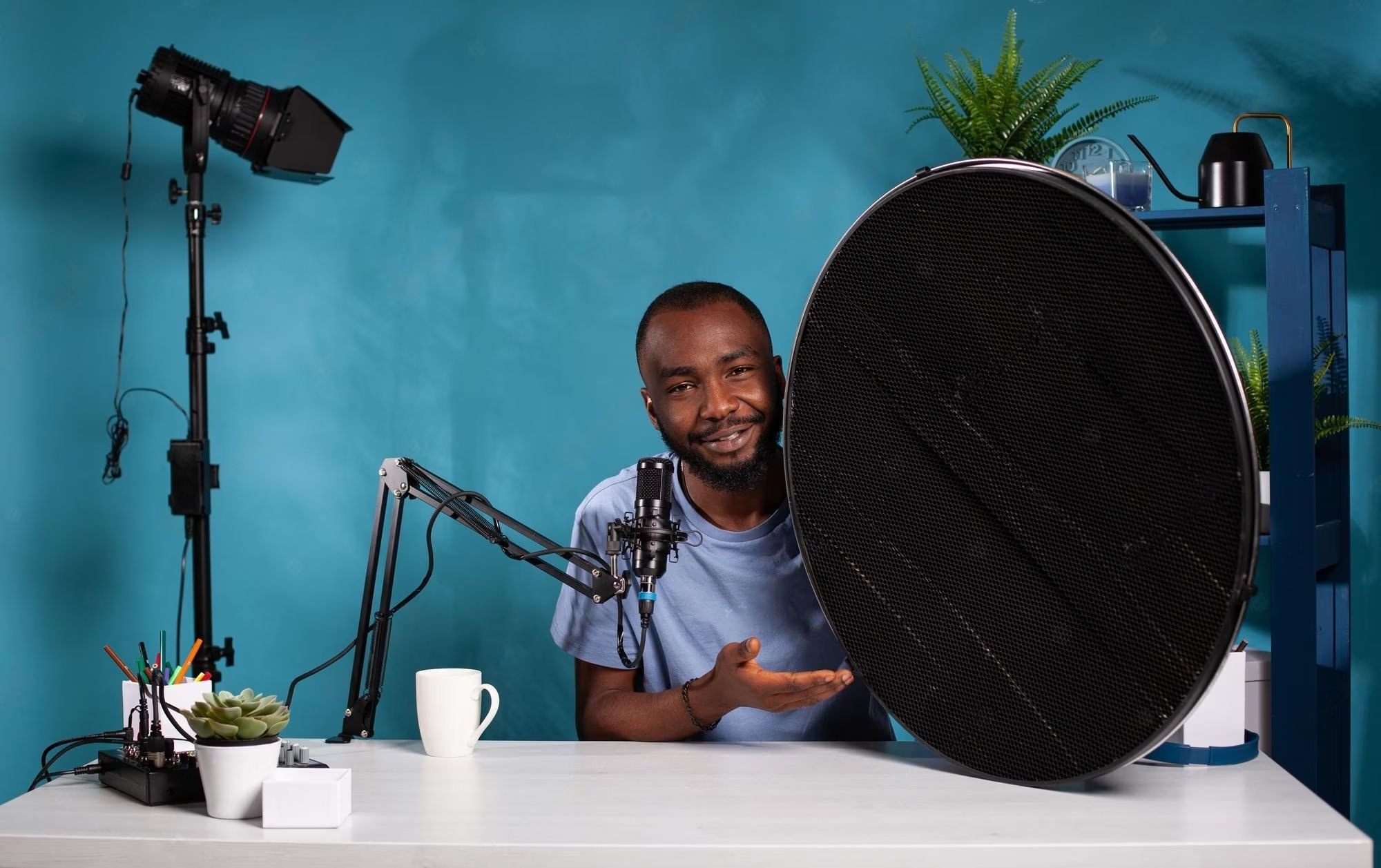How to Use Light Modifiers to Create Dramatic Lighting Effects

Light is one of the most important elements of photography. It can be used to create mood, atmosphere, and depth in your photos. However, natural light can be unpredictable and difficult to control. This is where light modifiers come in. Light modifiers are devices that can be used to control the direction, intensity, and quality of light. They can be used to create a variety of effects, from soft and diffused light to hard and dramatic light.
In this blog post, we will discuss the different types of light modifiers and how to use them to enhance your photos. We will also provide some tips for choosing the right light modifiers for your needs.
Table of Contents
- Introduction
- What is a light modifier?
- Types of light modifiers
- How to use light modifiers
- Choosing the right light modifiers
- Conclusion
What is a light modifier?
A light modifier is a device that is used to control the direction, intensity, and quality of light. Light modifiers can be made from a variety of materials, including fabric, plastic, and metal. They come in a variety of shapes and sizes, and they can be used to create a variety of effects.

Types of light modifiers
There are many different types of light modifiers available, but some of the most popular include:
- Softboxes: Softboxes are large, rectangular light modifiers that are made from white fabric. They are used to create soft, diffused light.
- Umbrellas: Umbrellas are another popular type of light modifier. They can be used to create both soft and hard light, depending on the type of umbrella that is used.
- Reflectors: Reflectors are used to bounce light back into a subject's face. They can be made from a variety of materials, including silver, gold, and white.
- Grids: Grids are used to control the spread of light. They can be attached to a variety of light modifiers, and they are used to create narrow beams of light.
How to use light modifiers
The way that you use light modifiers will depend on the effect that you are trying to create. However, there are some general tips that you can follow:
- Place the light modifier close to your subject: This will help to create softer, more diffused light.
- Use a variety of light modifiers: Experiment with different light modifiers to see how they affect your photos.
- Be creative: There are no rules when it comes to using light modifiers. Get creative and see what you can come up with.
Choosing the right light modifiers

The right light modifiers for you will depend on your needs and budget. If you are just starting out, you may want to start with a few basic light modifiers, such as a softbox and an umbrella. As you become more experienced, you can experiment with other types of light modifiers.
Conclusion
Light modifiers are a great way to improve your photography. They can be used to create a variety of effects, from soft and diffused light to hard and dramatic light. By using light modifiers, you can take your photos to the next level.
Here are some additional tips for using light modifiers:
- Experiment with different settings: When you are first using light modifiers, it is important to experiment with different settings. This will help you to learn how the light modifiers affect your photos.
- Use a tripod: If you are using a slow shutter speed, it is important to use a tripod to prevent camera shake.
- Be patient: It takes time to learn how to use light modifiers effectively. Be patient and keep practicing, and you will eventually be able to create stunning photos.
FAQs
Question 1: What are light modifiers?
Answer: Light modifiers are devices that are used to change the quality of light. They can be used to soften light, create shadows, or add texture.
Question 2: What are the different types of light modifiers?
Answer: There are many different types of light modifiers, but some of the most common include:
- Softboxes: Softboxes are large, rectangular boxes with a diffused fabric covering. They are used to create soft, even light.
- Umbrellas: Umbrellas are lightweight, portable light modifiers that can be used to create a variety of lighting effects.
- Reflectors: Reflectors are used to bounce light back onto a subject, creating a more natural-looking light.
- Grids: Grids are used to control the spread of light. They can be used to create narrow beams of light or to create a more dramatic lighting effect.
Question 3: How do I choose the right light modifier for my needs?
Answer: The right light modifier for your needs will depend on the type of light you are using, the subject you are photographing, and the desired effect.
For example, if you are using a softbox with a hotshoe flash, you will need a softbox that is designed for hotshoe flashes. If you are photographing a person, you will need a light modifier that is large enough to light the entire person. If you want to create a dramatic lighting effect, you may want to use a grid or a snoot.
Question 4: How do I use light modifiers?
Answer: The way you use light modifiers will depend on the type of light modifier you are using and the desired effect.
In general, softboxes are placed in front of the light source and the subject is positioned in front of the softbox. Umbrellas can be used in a similar way, but they can also be used to bounce light off of a wall or ceiling. Reflectors can be placed in front of the subject to bounce light back onto them. Grids and snoots are placed in front of the light source to control the spread of light.
Question 5: What are some tips for using light modifiers?
Answer: Here are a few tips for using light modifiers:
- Experiment with different light modifiers to see what works best for you.
- Use a light meter to measure the amount of light that is hitting your subject.
- Be aware of the shadows that are being created by your light modifiers.
- Use a reflector to fill in shadows.
- Use a grid or snoot to control the spread of light.
Question 6: What are some common mistakes to avoid when using light modifiers?
- Not using enough light.
- Using the wrong type of light modifier for the job.
- Not positioning the light modifier correctly.
- Not experimenting with different settings.
- Not paying attention to the shadows.
Question 7: What are some advanced techniques that can be used with light modifiers?
- Bouncing light off of walls and ceilings.
- Using multiple light modifiers.
- Creating patterns with light.
- Using light modifiers to create special effects.
Question 8: Where can I learn more about light modifiers?
- There are many books and websites that can teach you more about light modifiers.
- You can also take a photography class or workshop that teaches about light modifiers.
Question 9: What are some resources for finding light modifiers?
- There are many online retailers that sell light modifiers.
- You can also find light modifiers at photography stores.
Question 10: What are some tips for taking care of light modifiers?
- Follow the manufacturer's instructions for cleaning and storing your light modifiers.
- Be careful not to damage the fabric or diffusers.
- Store your light modifiers in a dry, cool place.
I hope this answers your questions about light modifiers. If you have any other questions, please feel free to ask.

